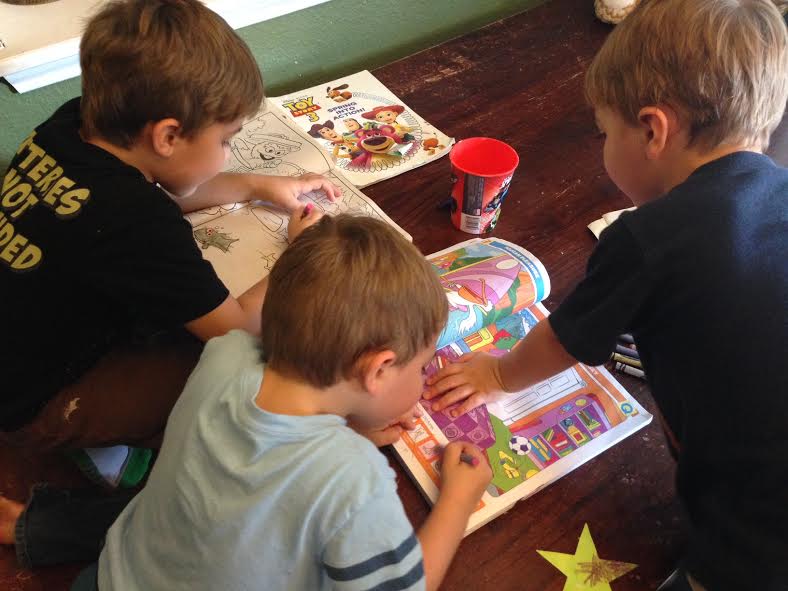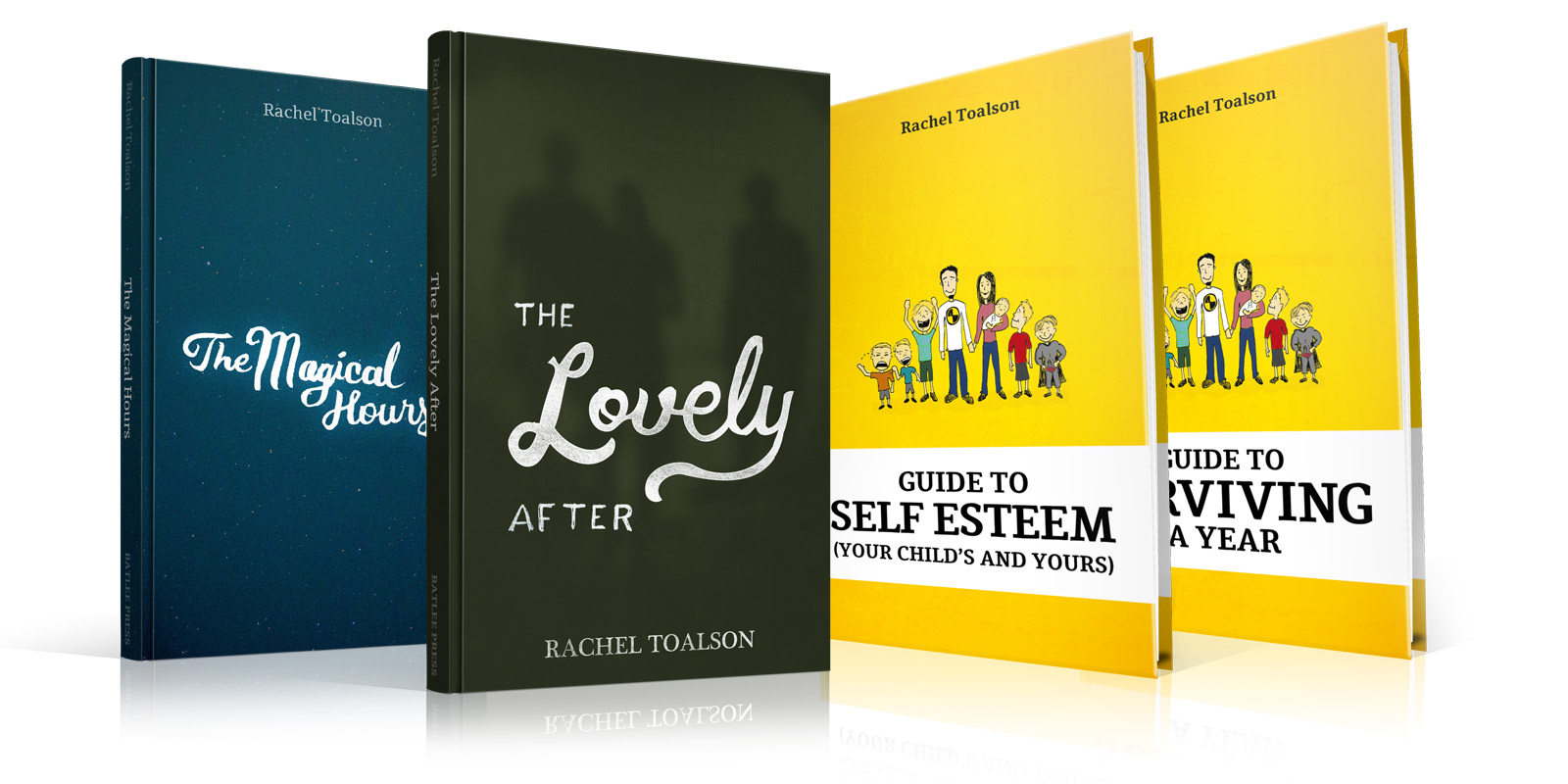It’s been a rainy summer, which means kids have been cooped up inside the house (because mud. And boys.), and everyone is touching me, and what I would give, what I would give for some cable television to distract them.
We got rid of cable years ago, back when the oldest was 3 and we decided we didn’t really want to afford the expense because it really wasn’t worth it.
Fast forward five years and four additional kids, and now here we are, nearing the end of the kids’ summer break, and my boys are fighting constantly, and so much work needed doing but didn’t get done because it’s summertime, and so many days, honestly, I just want to sit them down in front of the television and turn on a movie just to get an hour and a half of peace and quiet, bought with a single flick of the Apple remote.
A mom can only take so much, after all.
Except I know our values, and television, the passive participation in family life, isn’t one of them. Drawing or writing stories or reading books or building amazing contraptions from blocks or painting masterpieces or running wild outside—those all fit in with our values, but they’re so much harder.
So much harder on the days I’m already exhausted.
But the truth is, I want my boys to engage their minds and bodies in ways that can’t be done in front of a screen, even if we’re “sharing” the screen time together by watching a movie.
It’s not really shared time for me, because even if I sit down on the couch with them, I know what I’ll do. I’ll engage in other work. I’ll find something else to do besides staring at a screen. I’ll write or read or brainstorm or stare at the baby or think about how I should be washing the dishes.
So it’s not shared activity like building a LEGO tower or coloring a page out of a Spider-Man coloring book or painting an interpretation of The Starry Night.
I grew up with a television and the lure of a screen, but it is nothing compared to the temptation my children face every day in the way of screens.
Our generation of parents is growing up with screens everywhere–iPhones and iPads and iMacs and Apple TV and Internet and social media. So many opportunities for kids to get lost in screens.
These screens can hijack family life in relentless ways.
Especially for parents. People need to get in touch with us, so we keep our phones on and our email (on the phone) open and our social media channels (on the phone) perpetually logged in, just in case.
We are connected all the time.
Sometimes I get tired of this connectivity. Because it’s not real. Because it’s across a screen. Because I know what it can do to real connectivity.
Back when we were deciding our family values, we talked extensively about how it’s so difficult to listen earnestly to our children when we are constantly connected to our screens.
We miss the important things—the way their eyes shine when they read the last page of that chapter book—the first one they’ve read on their own. We miss the funny little dance he did on his way to the potty, the one we might have remembered to show him years later, if we’d seen it.
We miss life.
The first step to walking in greater connectivity with our children is disconnecting in the ways that will foster more authentic connection—and being an example for them.
So that’s what I choose to do, from here on out. I’ll put down my phone. I’ll log out of all those accounts that seem so important and urgent. I’ll keep the television hidden so its “easy” promise won’t start calling.
I’ll look at them and be with them and engage fully in their minutes and hours and days.
The life unfolding before my eyes is worth seeing.
Ways to connect besides screens:
1. Read an audio book together. This is such a special, shared experience for a parent and child. There are some amazing audio books at local libraries that rival theatrical productions. My boys will sit, riveted, for hours when we find a good one (and we recheck it as often as we can—because moms need a break, after all!). Some of our favorites: Peter Pan, read by Jim Dale. Hatchet, read by Peter Coyote. There’s a Boy in the Girl’s Bathroom, read by Lionel Wilson. The Harry Potter series, read by Jim Dale.
2. Write a picture book together. We are doing this with the 8-year-old, 6-year-old and 5-year-old the real way—publishing it on Amazon and everything. But, on a much smaller scale: Get 18 sheets of computer paper and fold them in half. Help your child write a story on the pages and then let him/her draw all the pictures that go inside.
3. Have a dance party. Turn the tunes up high and get down. This promises plenty of giggles and fun. Kids love to dance, and it’s good for their bodies to get moving. My boys love to dance, and there’s nothing more effective for cutting tension in two (at least not in our house) than breaking into a silly dance.


